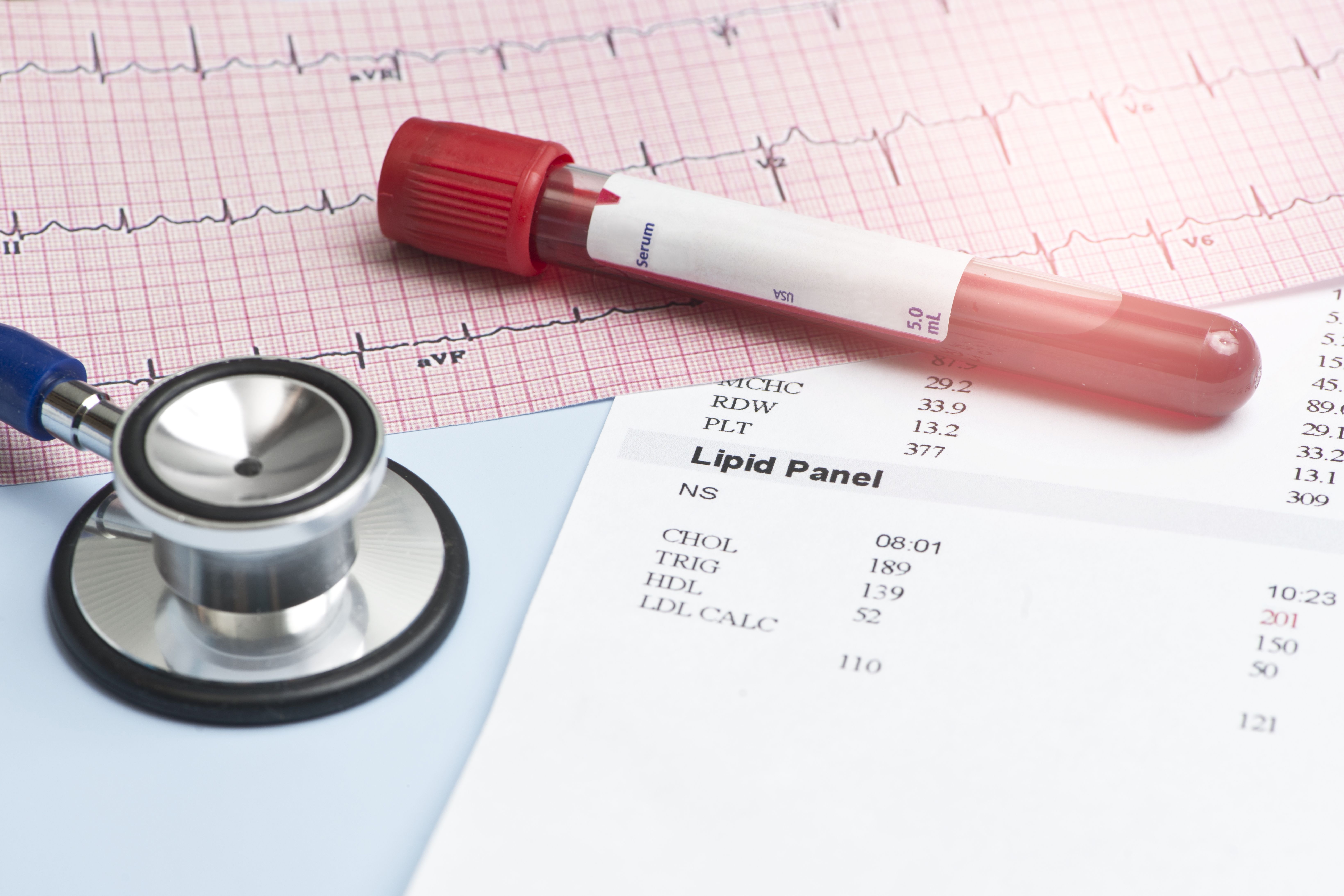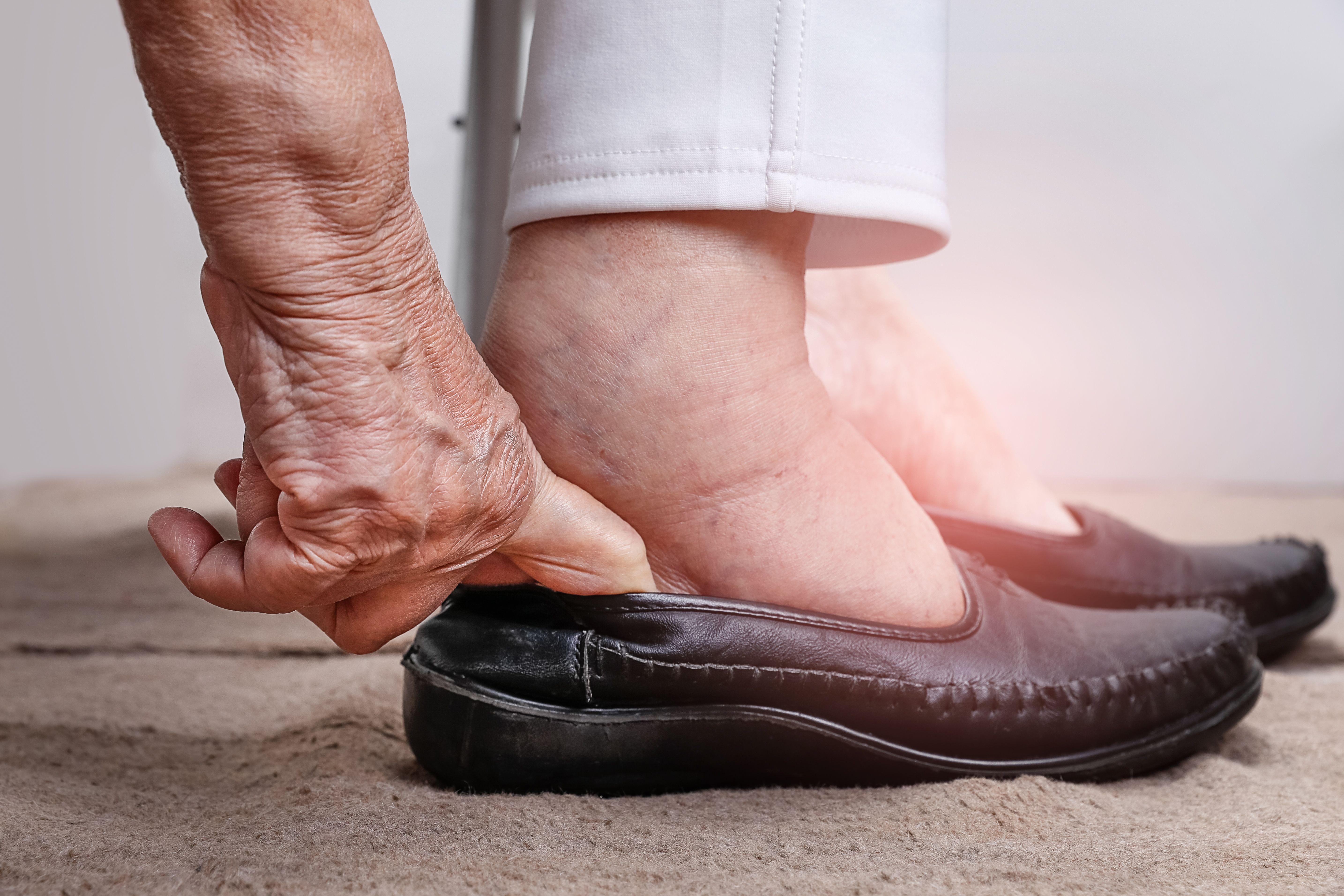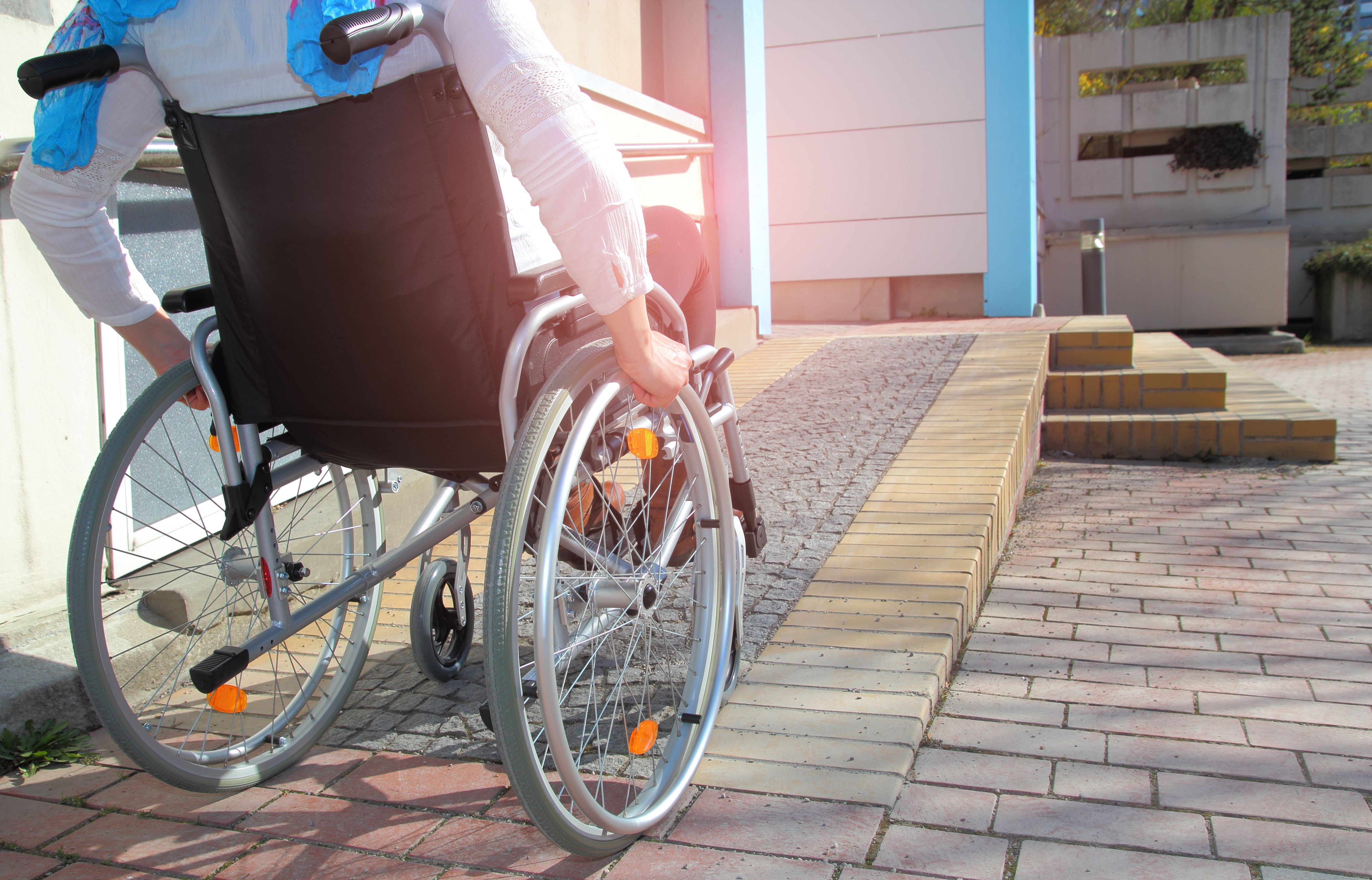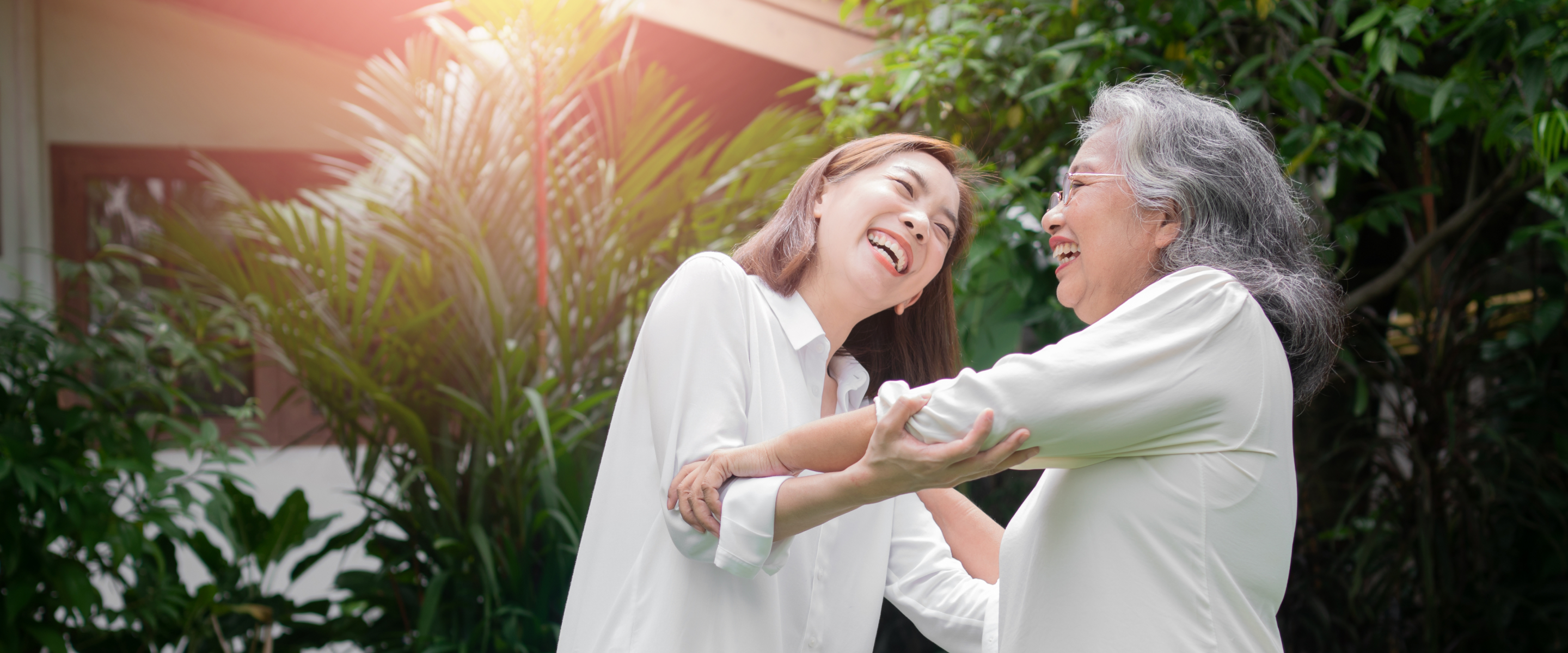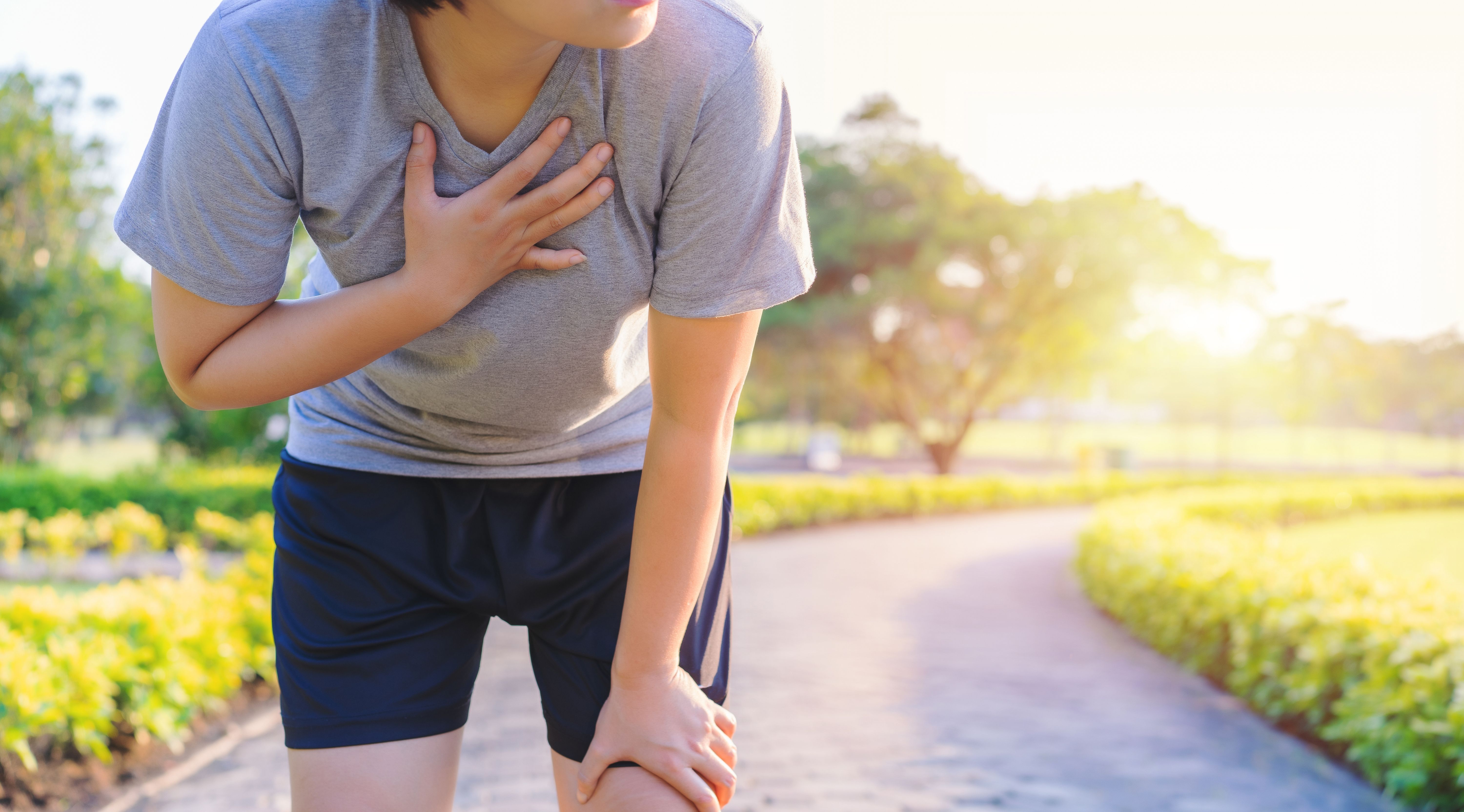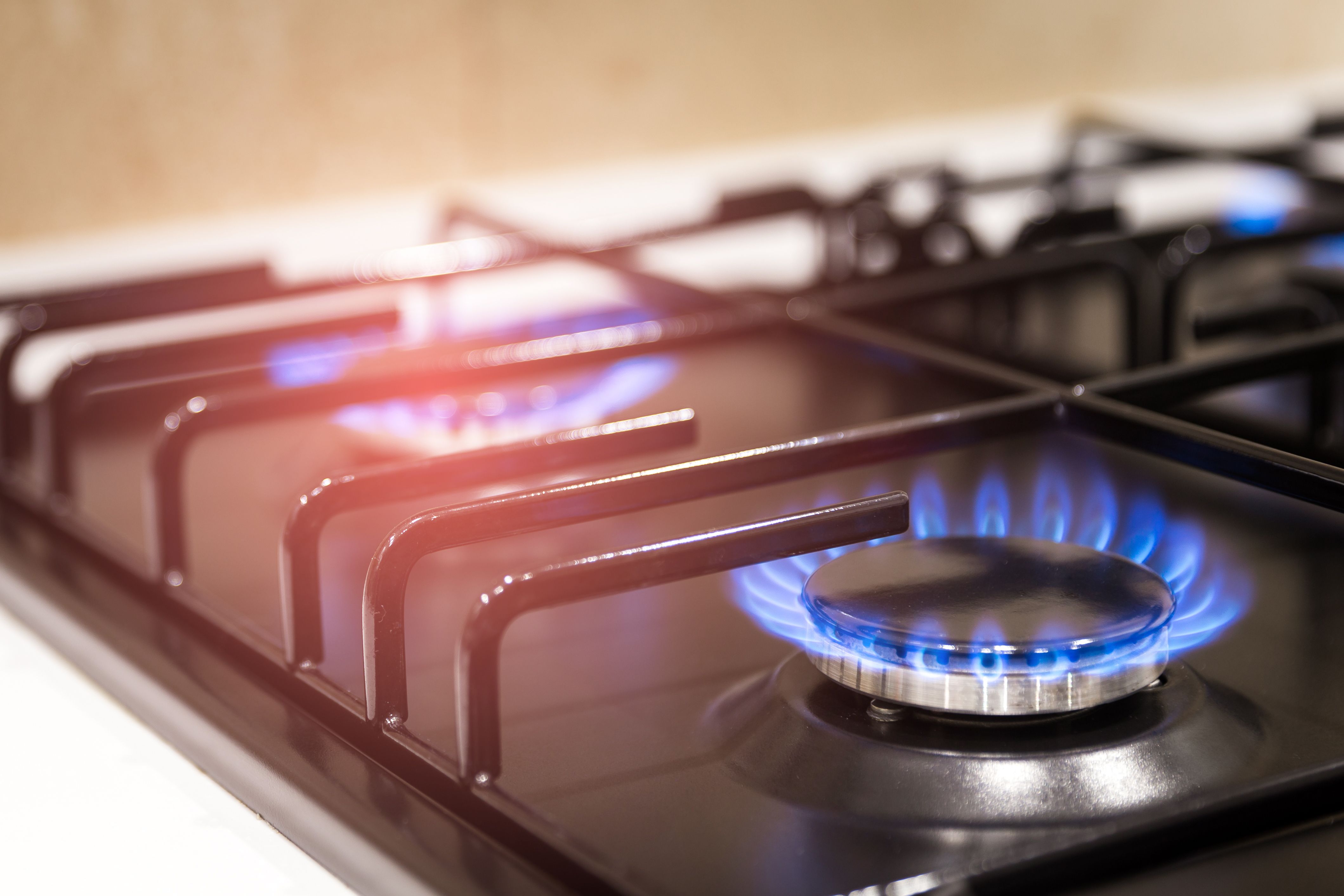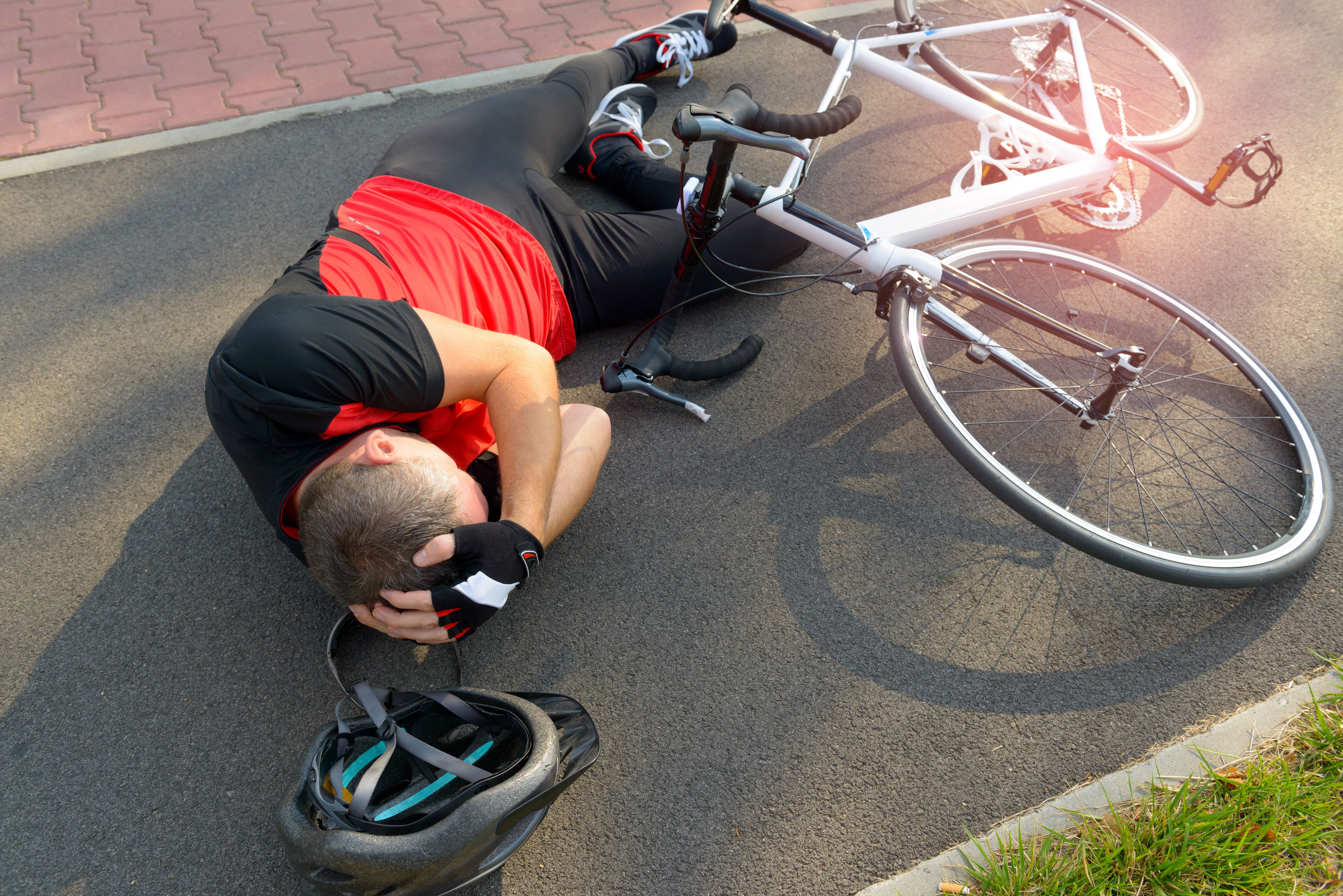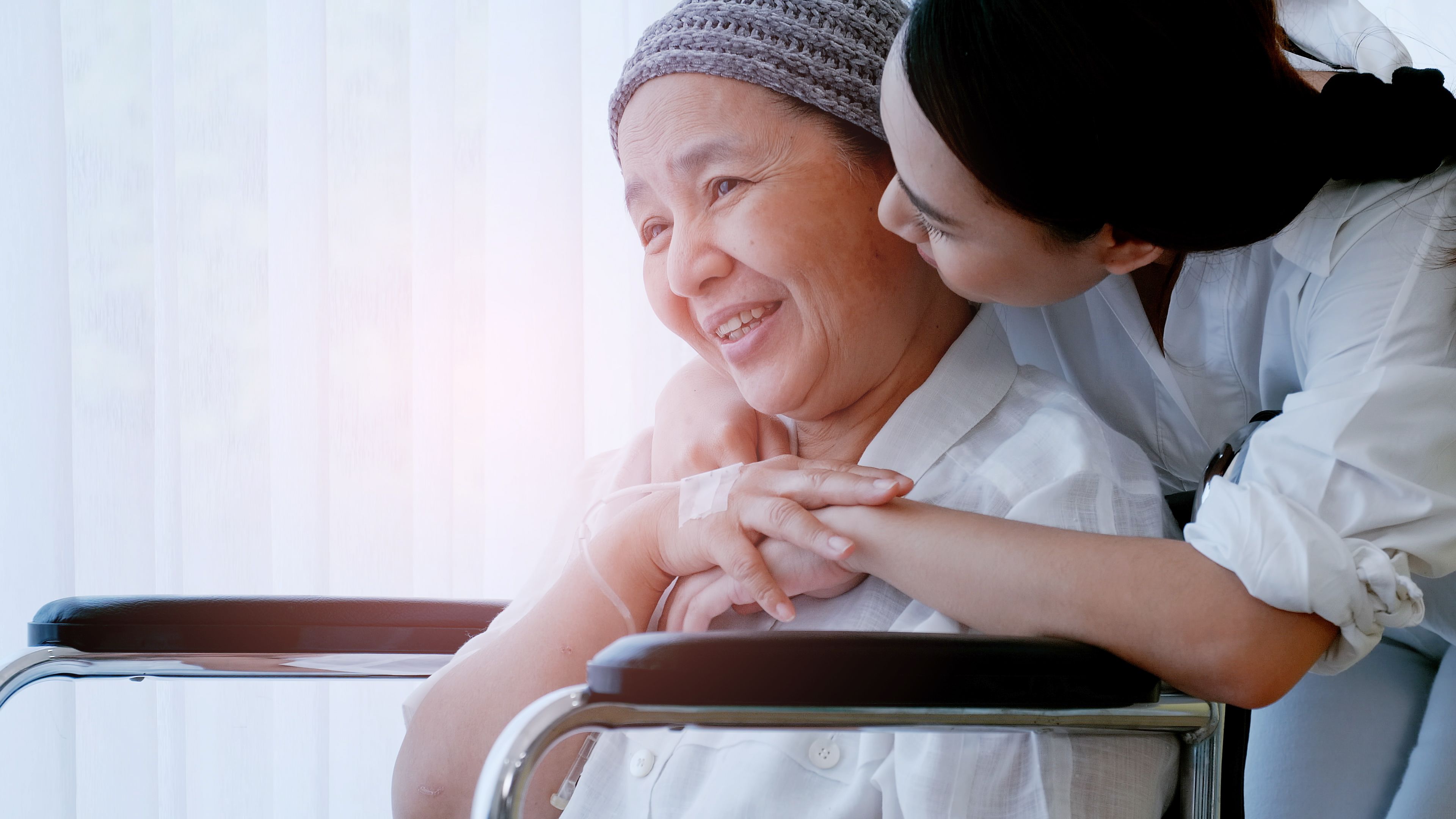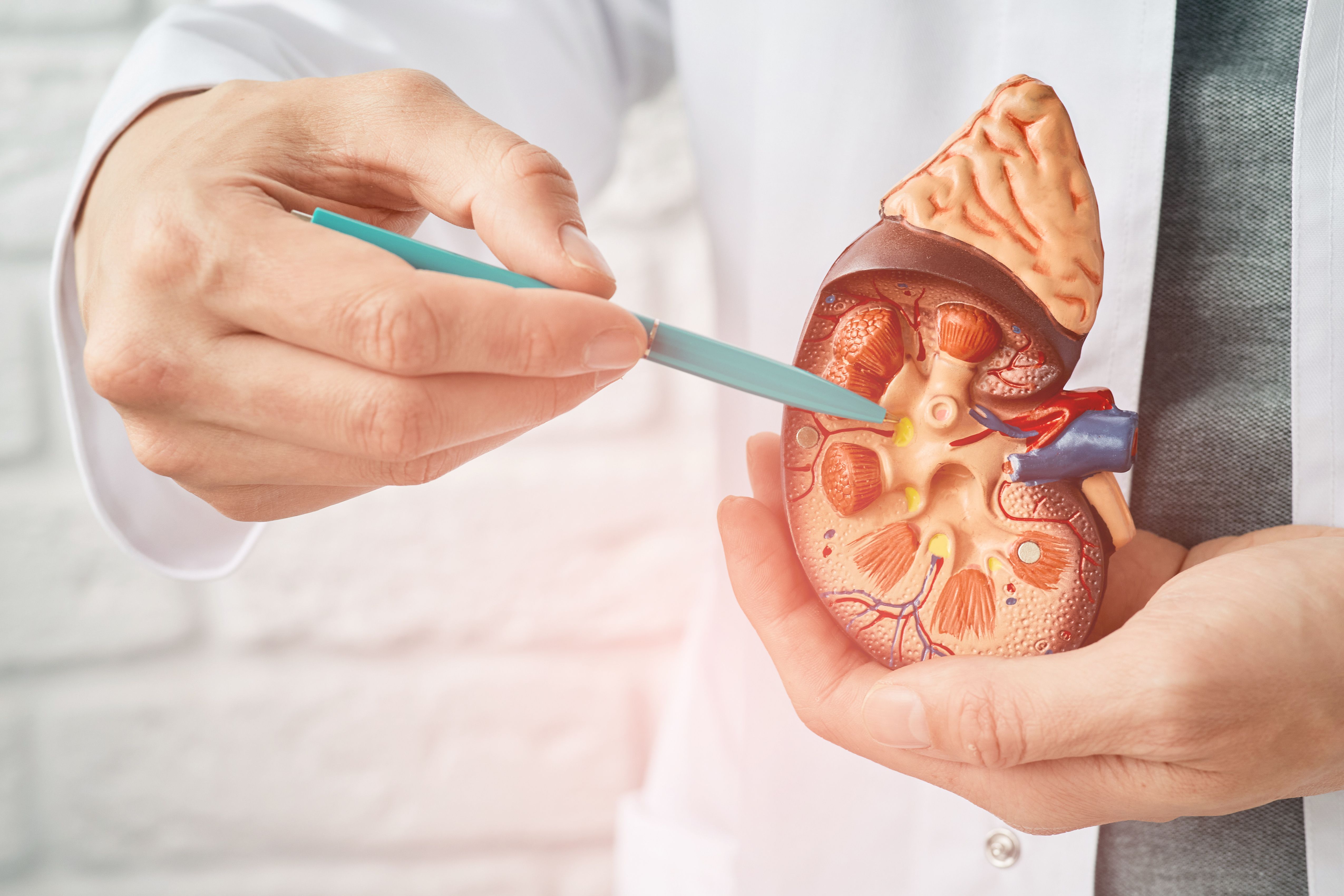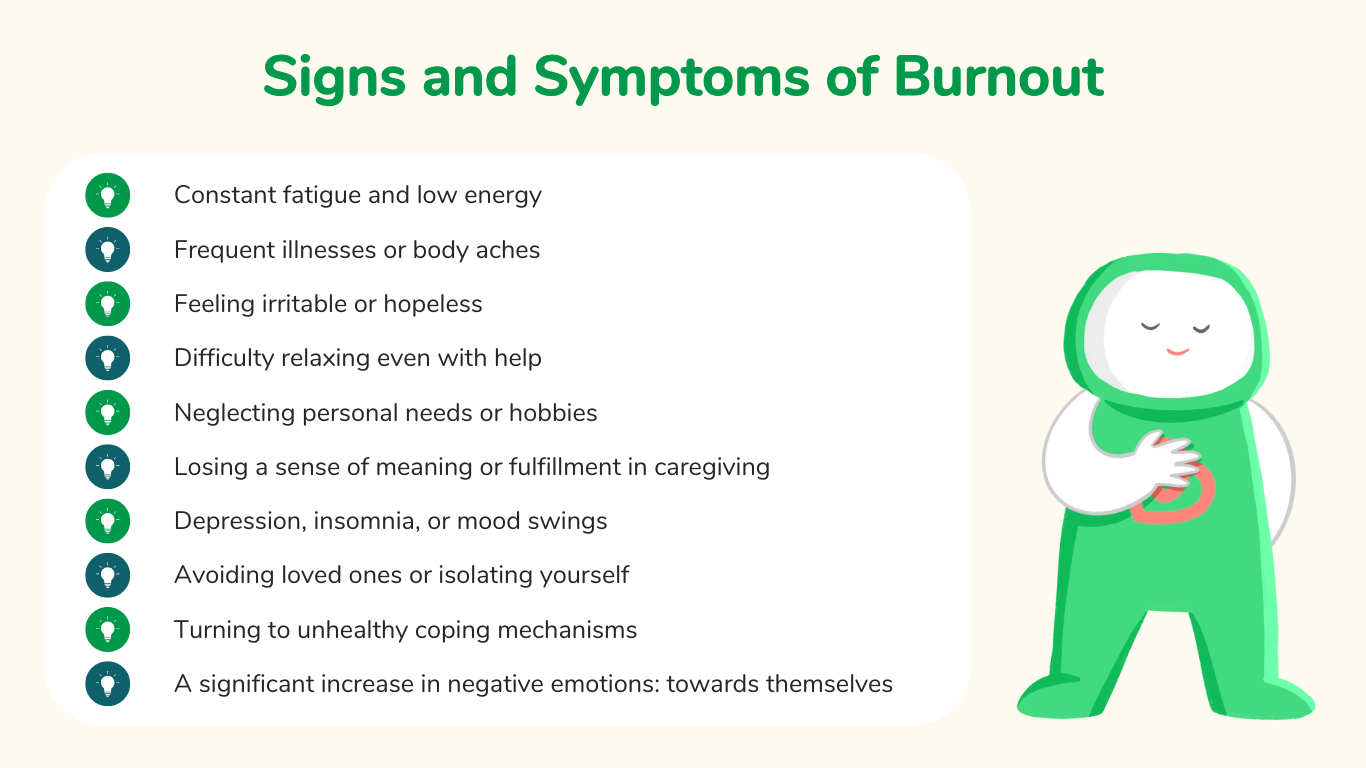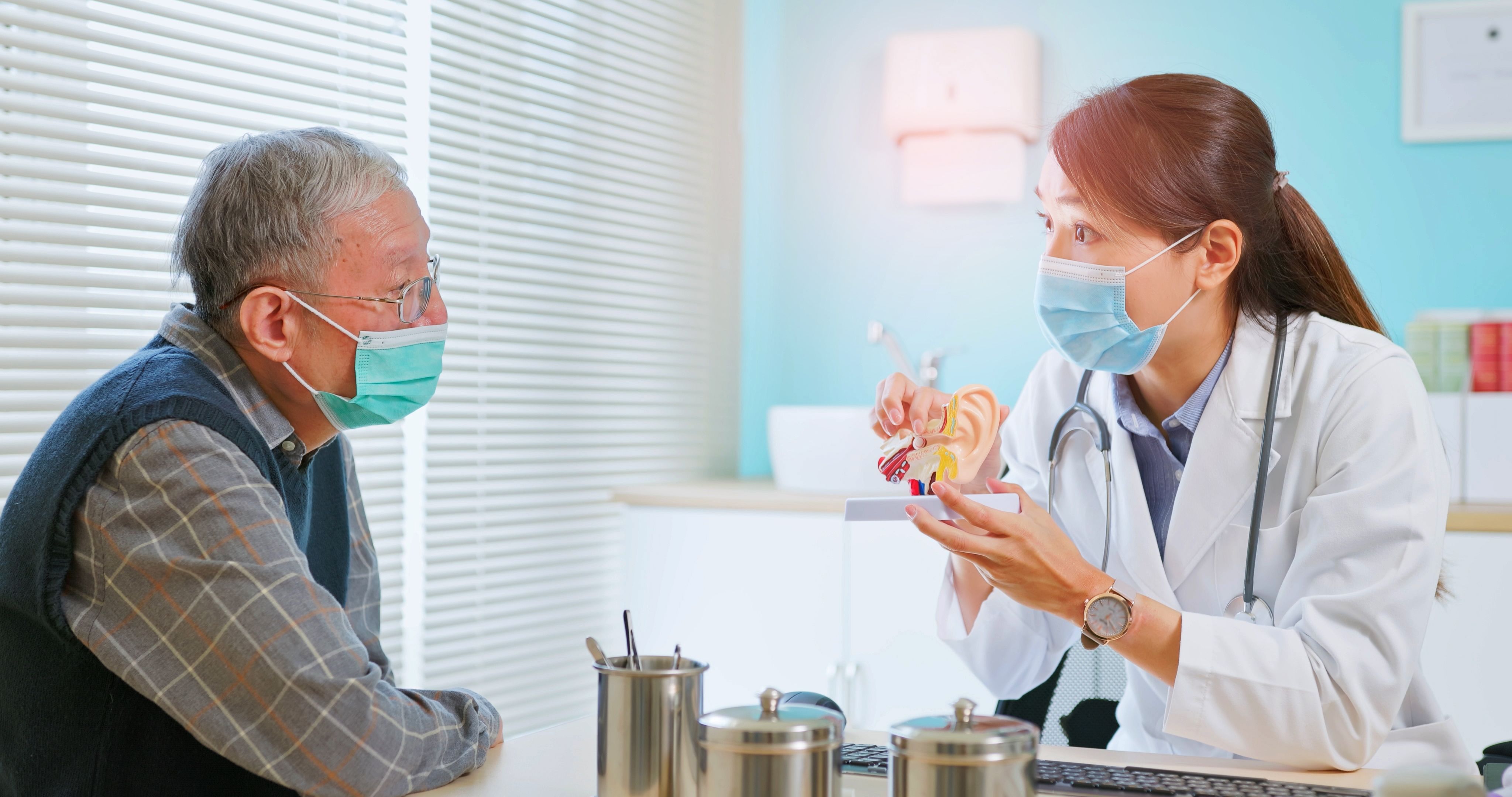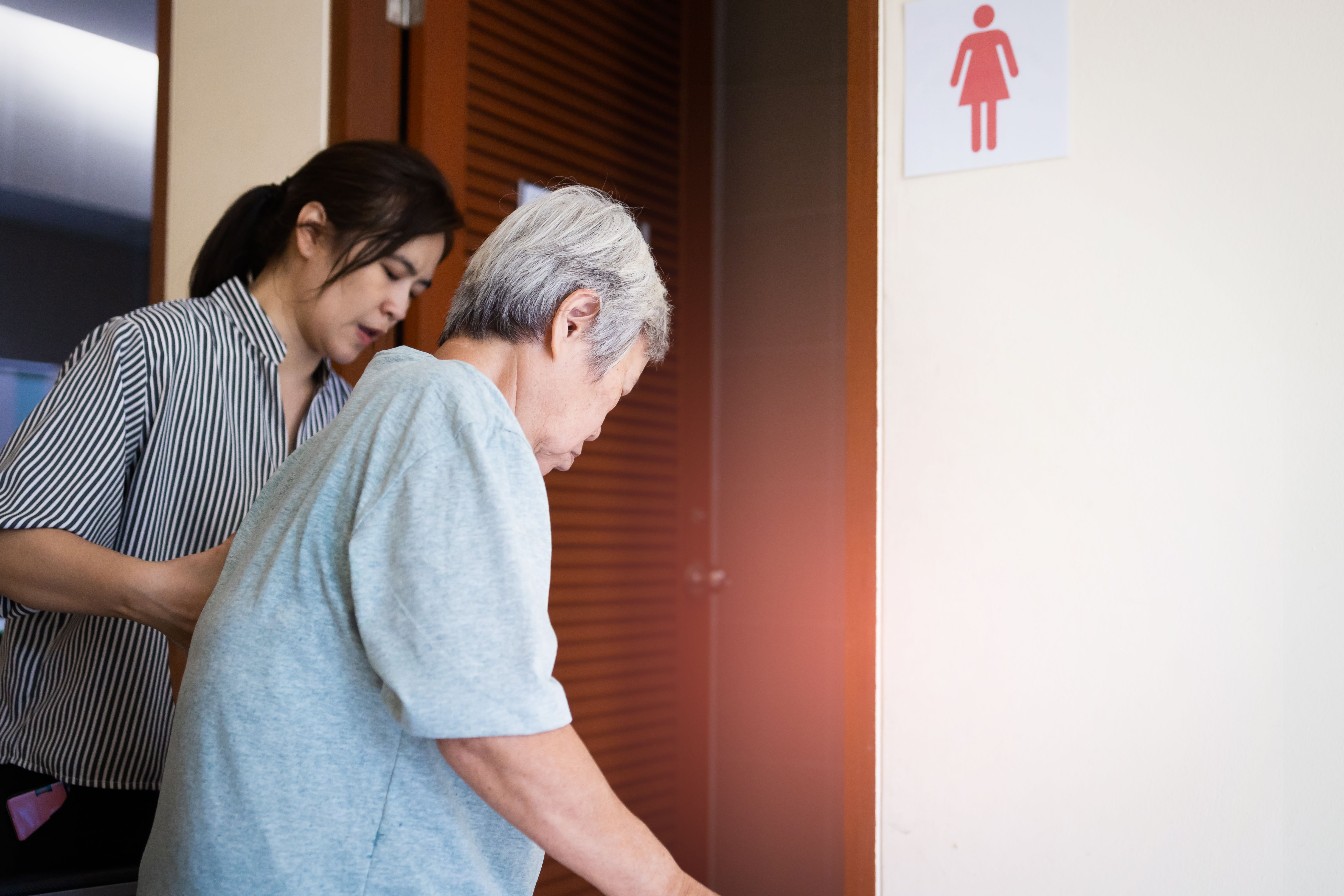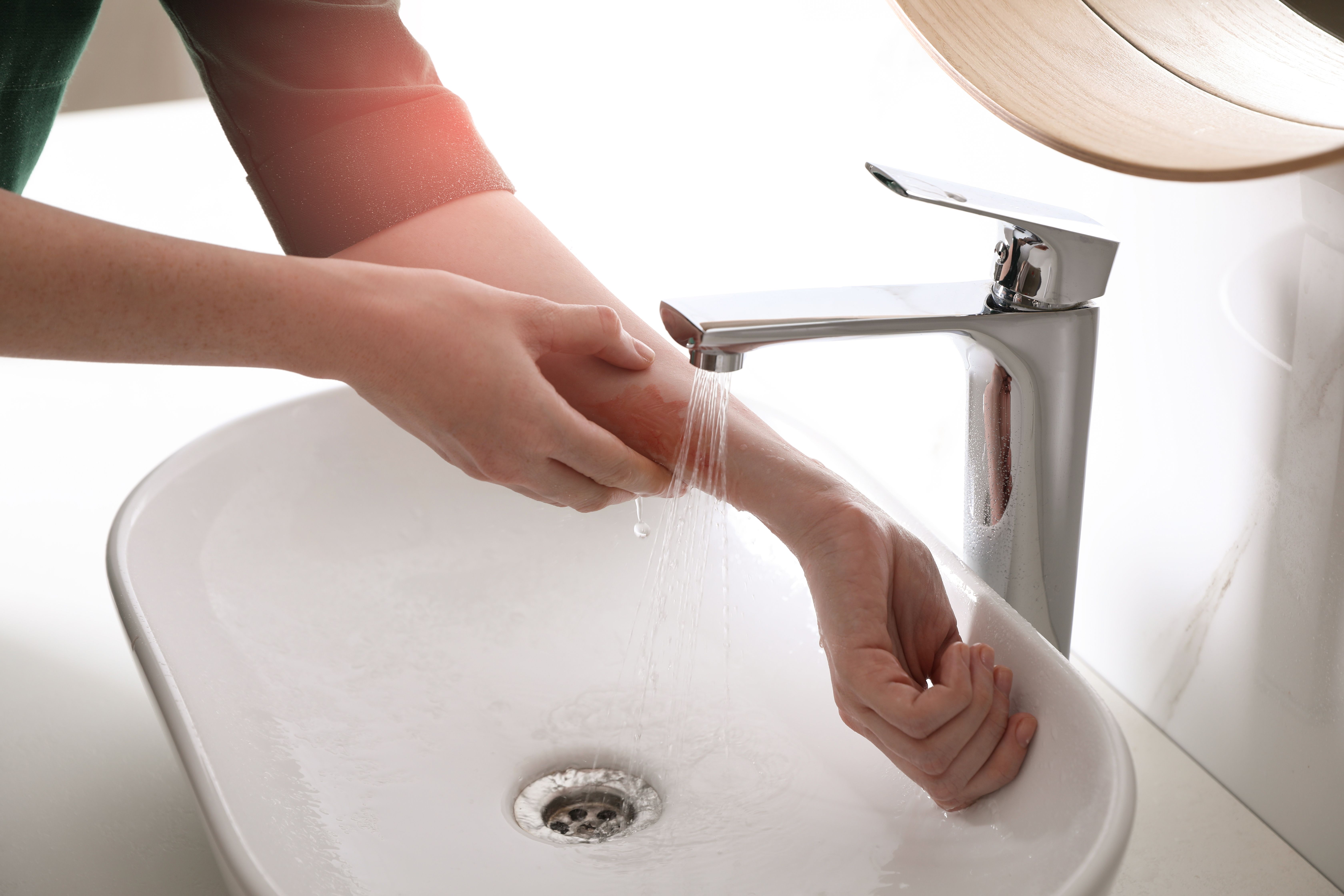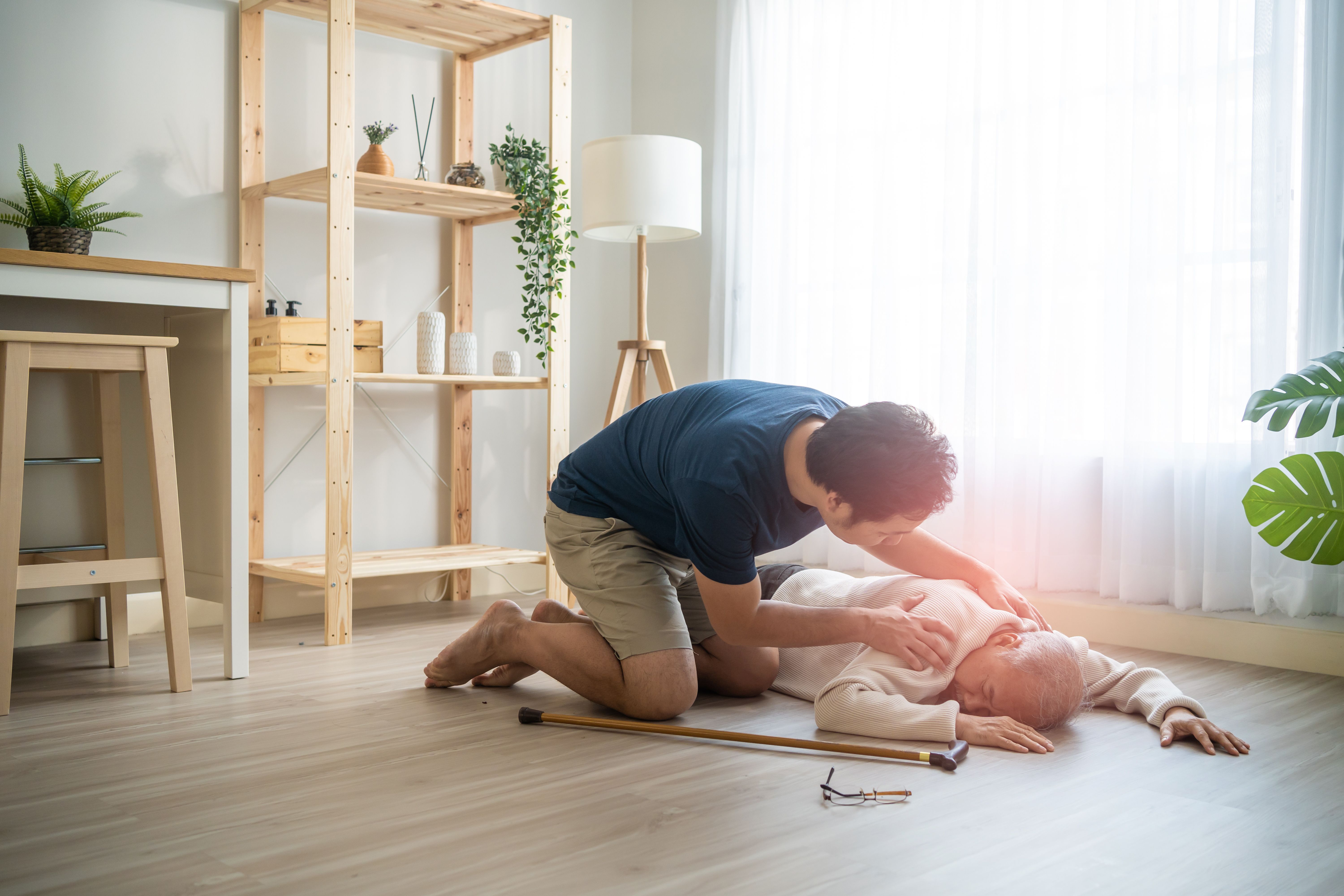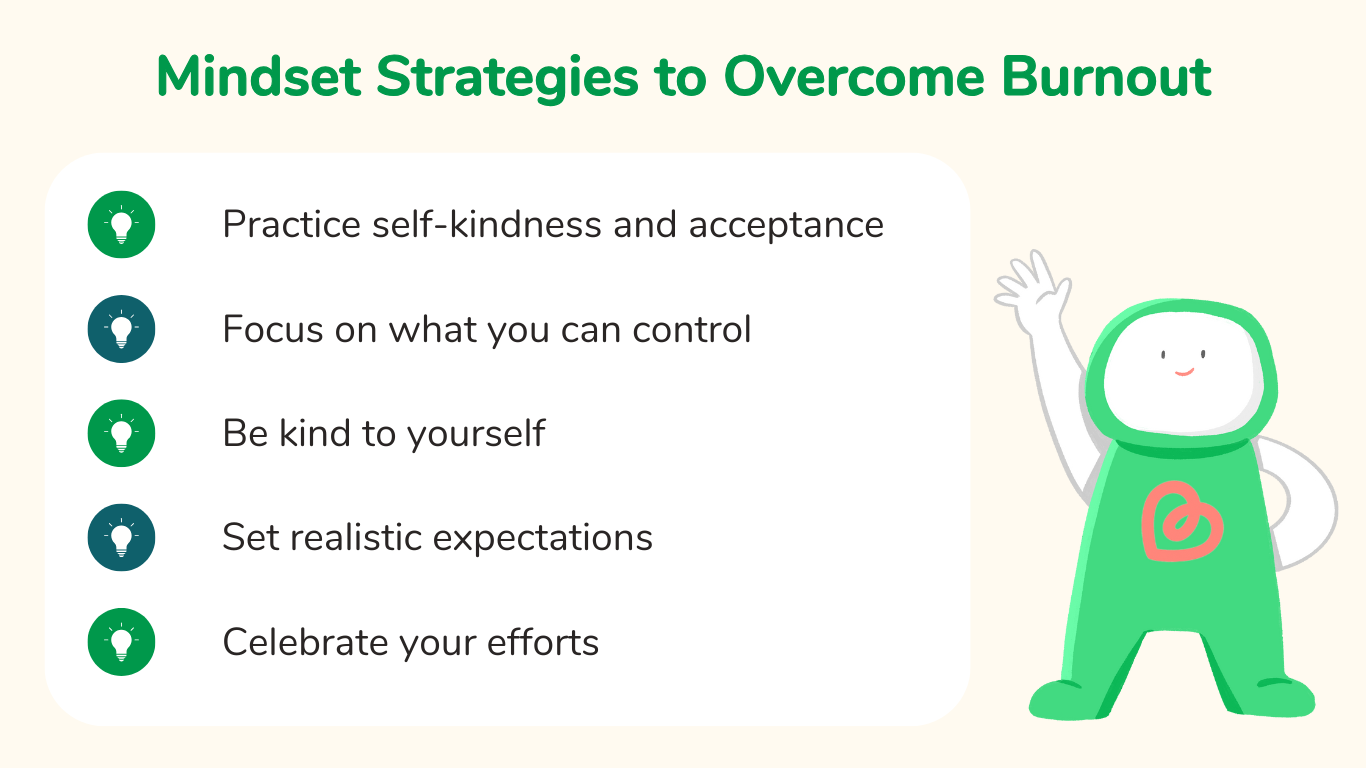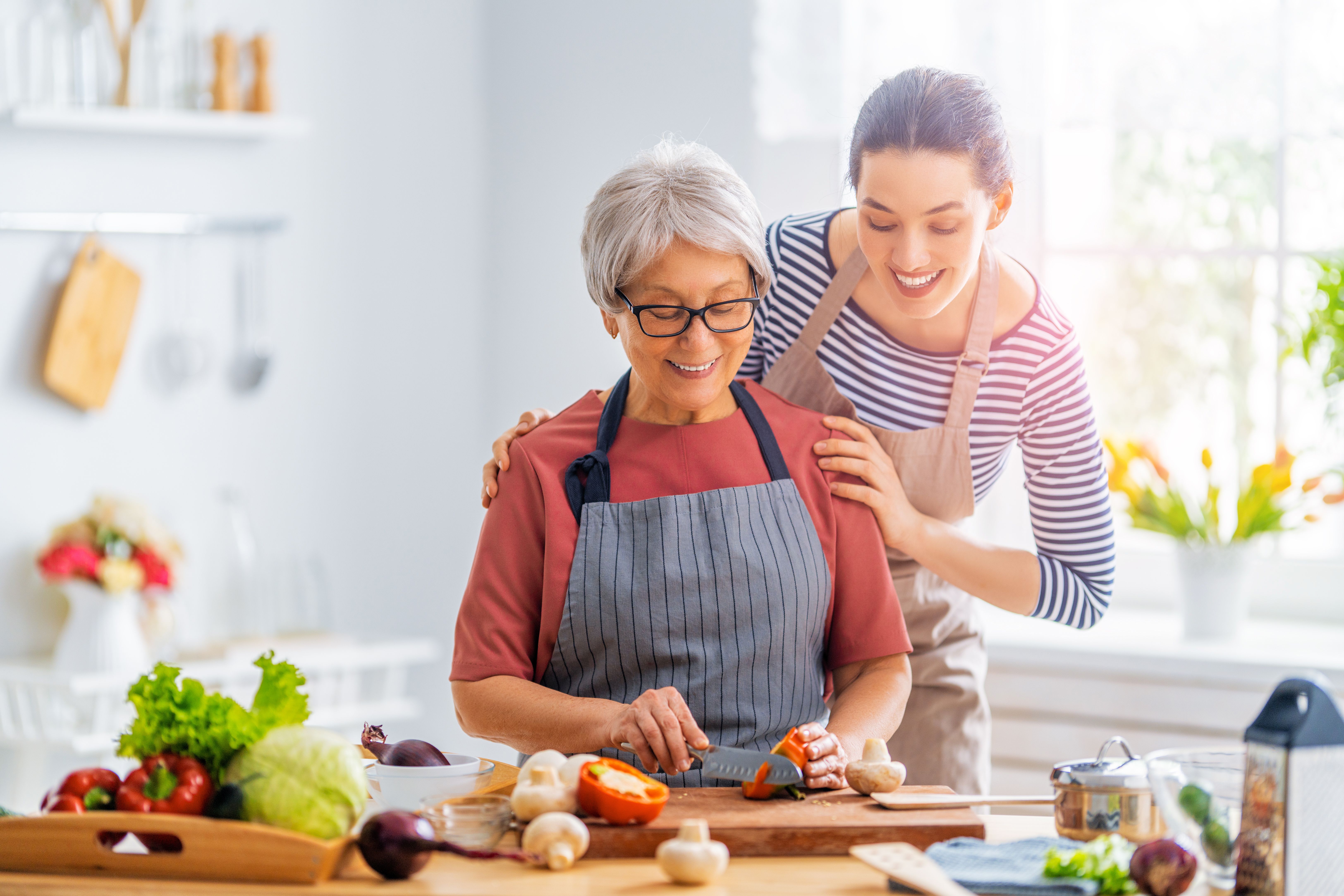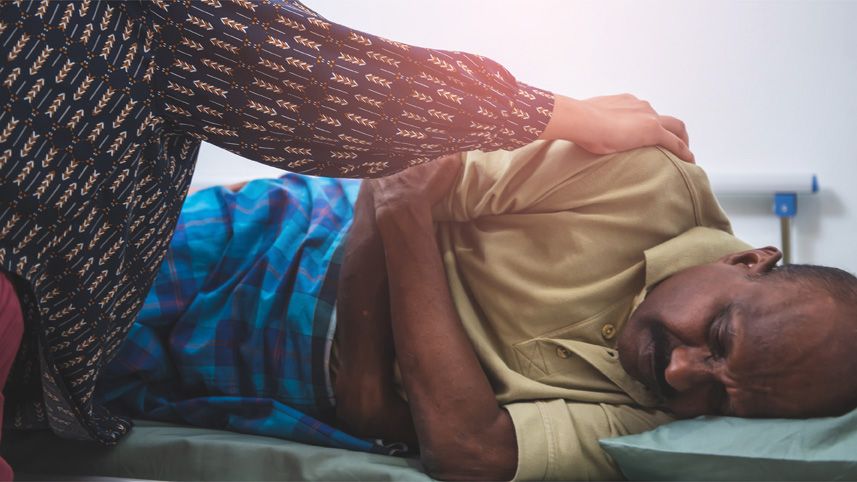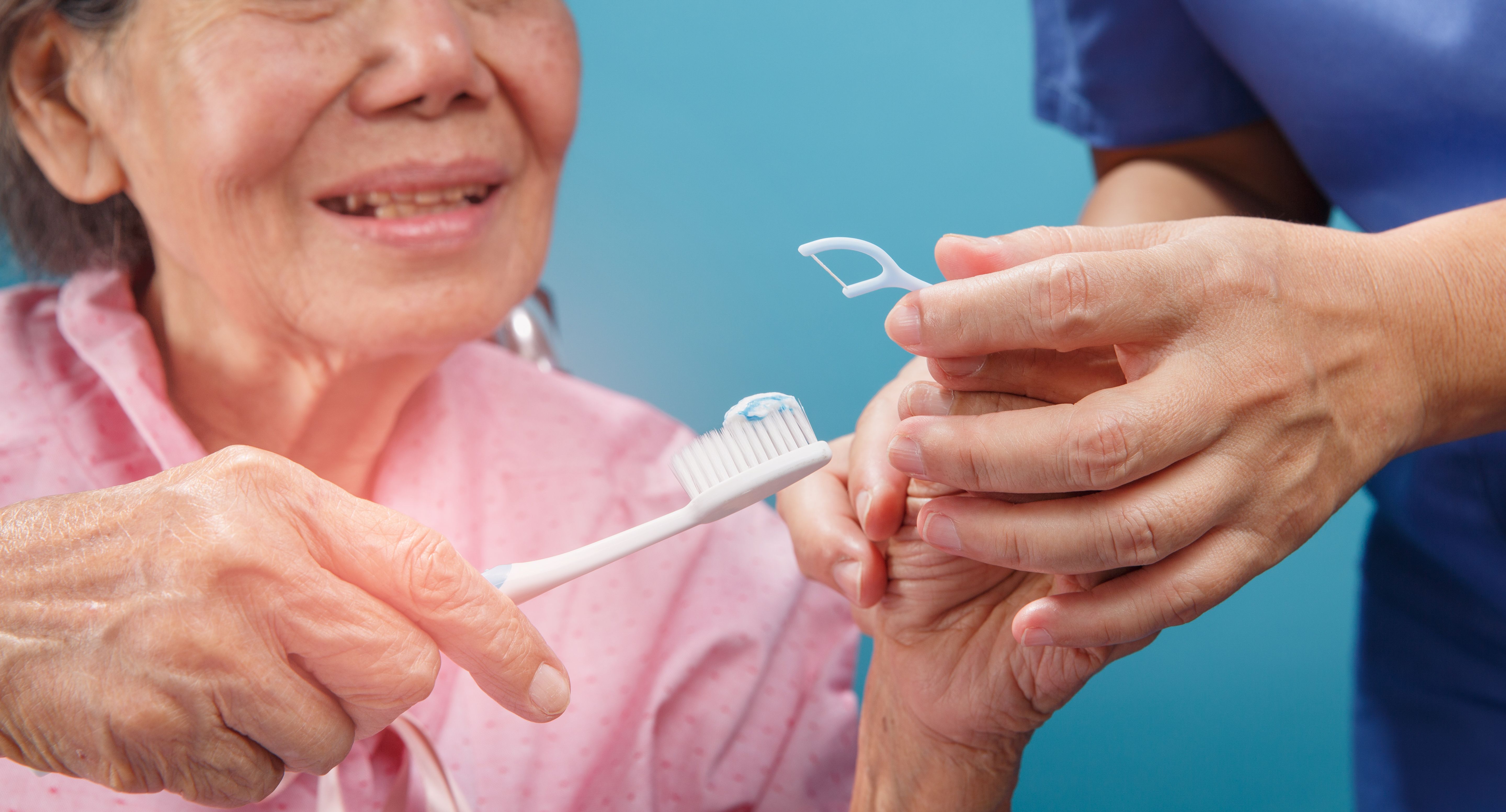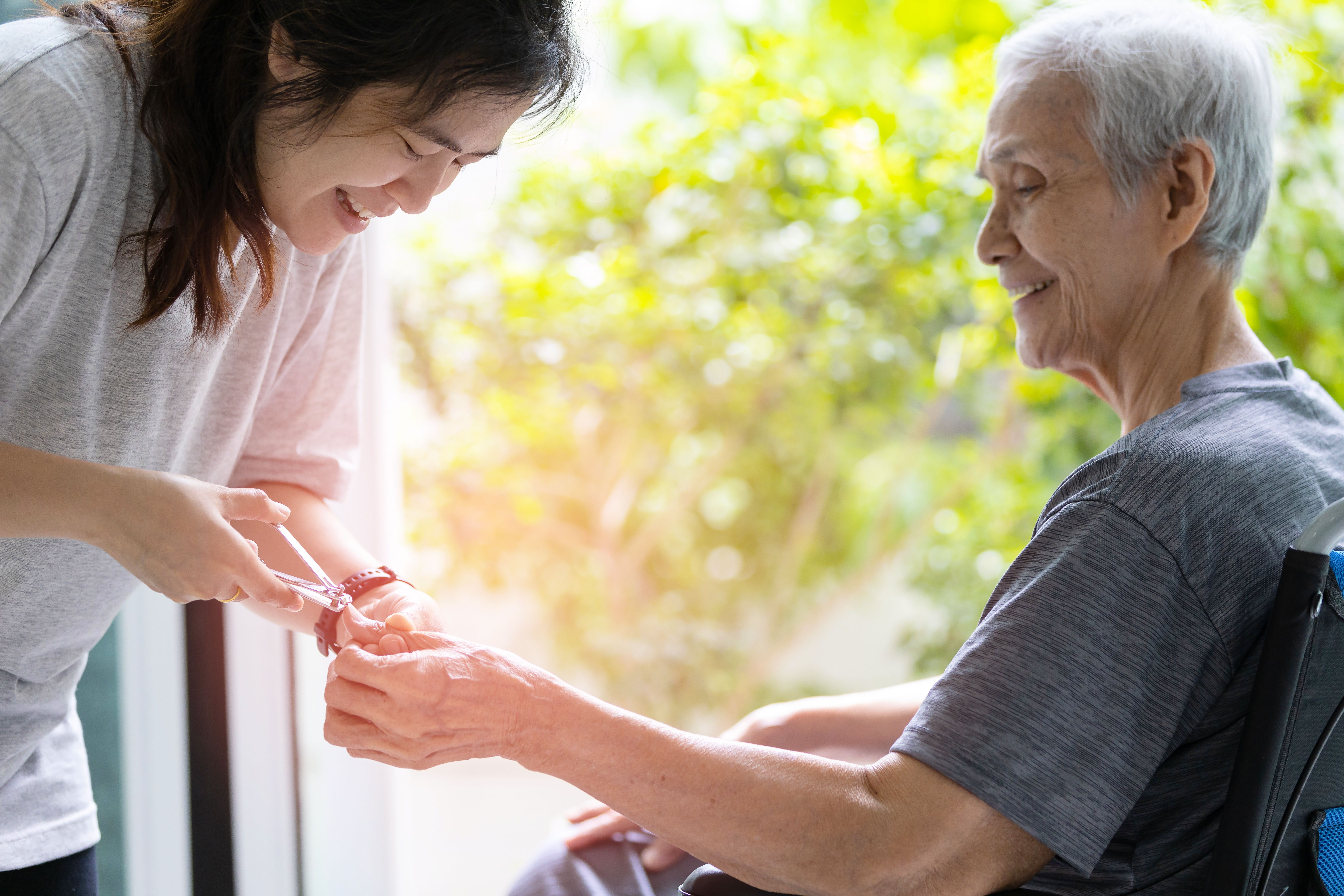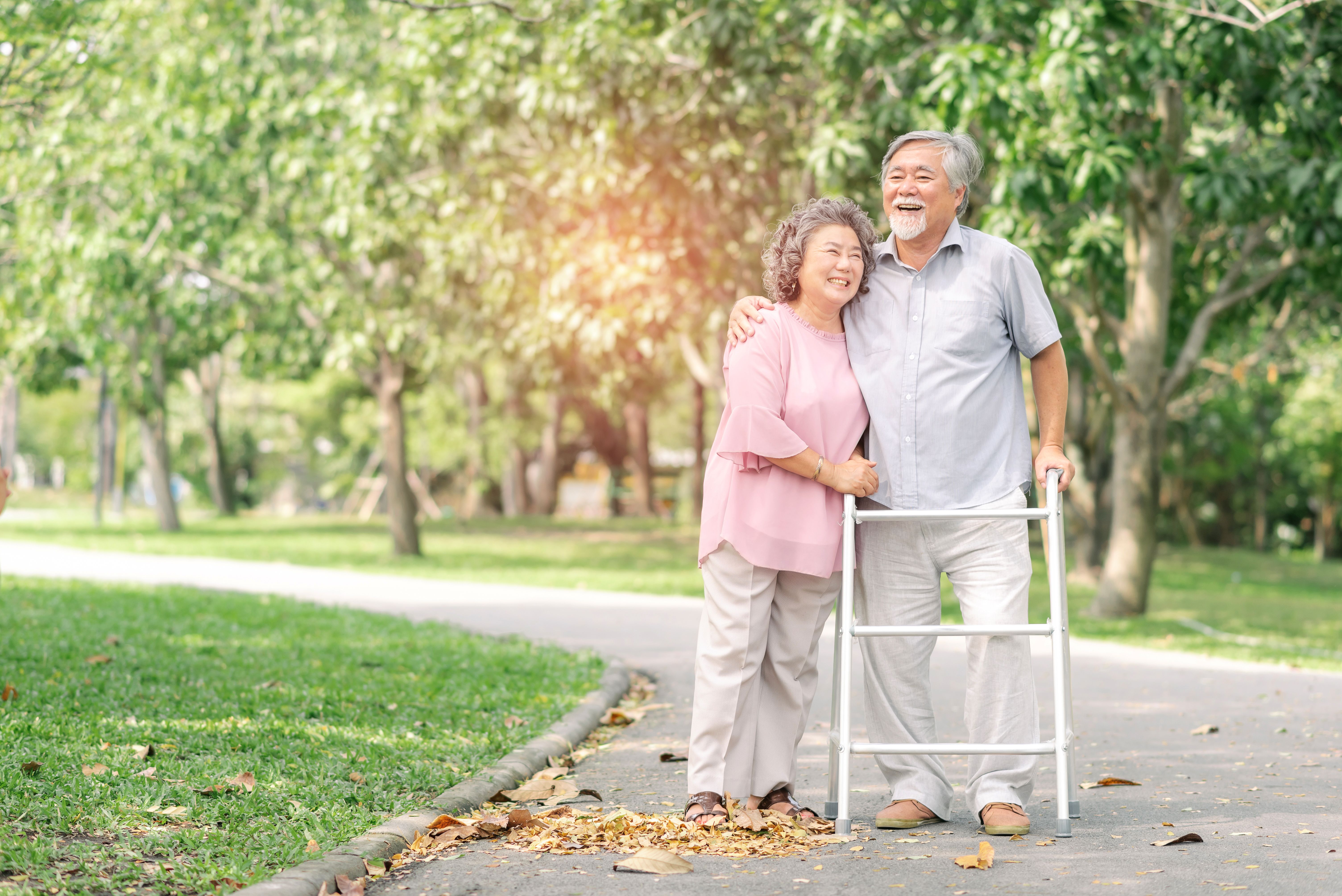How to perform CPR during a sudden cardiac arrest
- CareBuddy
- 4 Mins Read
- 20 Sep 2022
- First Aid & CPR

Cardio Pulmonary Resuscitation (CPR) can be the difference between life and death when someone is suffers from a sudden cardiac arrest. It’s absolutely vital that at least one person in the immediate surroundings is trained in CPR. Let’s look at this life-saving procedure in more detail.
This chain of survival provides a quick guide to the stage at which CPR is needed.
The steps to provide CPR to someone suffering a cardiac arrest are
- AED: Get the nearest Automated External Defibrillator (AED) or ask someone else to get it for you.
- BREATHING: Look for rise and fall of chest (normal breathing) for 10 seconds. If normal breathing and/or pulse is absent, commence CPR.
- CHEST COMPRESSIONS: Provide physical thrusts to the chest to ensure the heart keeps pumping.
Let’s look at each of these in more detail.
AED
The Automated Electric Defibrillator (AED) is a device that can save lives during sudden cardiac arrest (an abrupt loss of heart function, breathing and consciousness).
It analyzes the electrical rhythm of the heart and determines whether the electrical rhythm needs to be shocked. If it recommends that the rhythm needs to be shocked, a user can use its pads to deliver electrical shocks (defibrillation) to the body so that the heart re-establishes an effective rhythm. Find out more about the AED and its use at [Read Article]
BREATHING
Look for the rise and fall of the chest as a sign of normal breathing. If this is absent for 10 seconds, it’s time to commence chest compressions.
Gasping is not a form of normal breathing but is a sign of cardiac arrest. Start chest compressions immediately if the person is gasping.
CHEST COMPRESSIONS
Follow these steps to perform CPR
- Position the care receiver on a flat, hard surface and expose the chest adequately.
- Locate the lower half of the sternum (the long, flat bone in the centre of the chest, between the ribs) and place both your hands on it.
- Compress at a depth of 4-6 cms at the rate of 100-120 compressions per minute.
- CPR often involves mouth-to-mouth ventilation where you blow 2 rescue breaths into the airway after every 30 chest compressions. But experts advise that only the medically trained should do this. If bystanders are not trained or comfortable doing rescue breathing, they should at least do CPR.
- Continue compressions with or without rescue breathinguntil the care receiver regains normal breathing or wakes up, or until professional medical help arrives.
Common CPR errors
- Incorrect body posture: The correct posture is to kneel by the side of the care receiver with arms straight, elbows locked and shoulders over care receiver’s chest. Don’t bend your elbows or lean over the care receiver.
- Wrong hand position on body: The correct position is the lower half of the sternum (the vertical bone at the centre of the rib cage). If the hands are on the ribs (to the sides of the sternum) or the xiphoid process (below the sternum), this can cause injury.
- Incorrect depth of chest compressions: Needs to be 4 to 6 cm, and one should allow complete chest recoil between compressions.
- Chest compressions too slow or too fast: Needs to be 100-120 compressions per minute.
We hope this has given you an adequate introduction to CPR. At the same time, there’s a limit to how much you can learn CPR by reading an article. We recommend that you learn CPR through a certified course run by healthcare professionals.
Article reviewed by Dr Peter Ting, Medical Director and Cardiologist, StarMed Specialist Centre.


